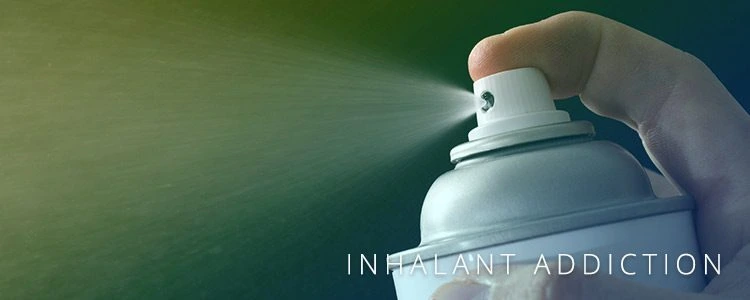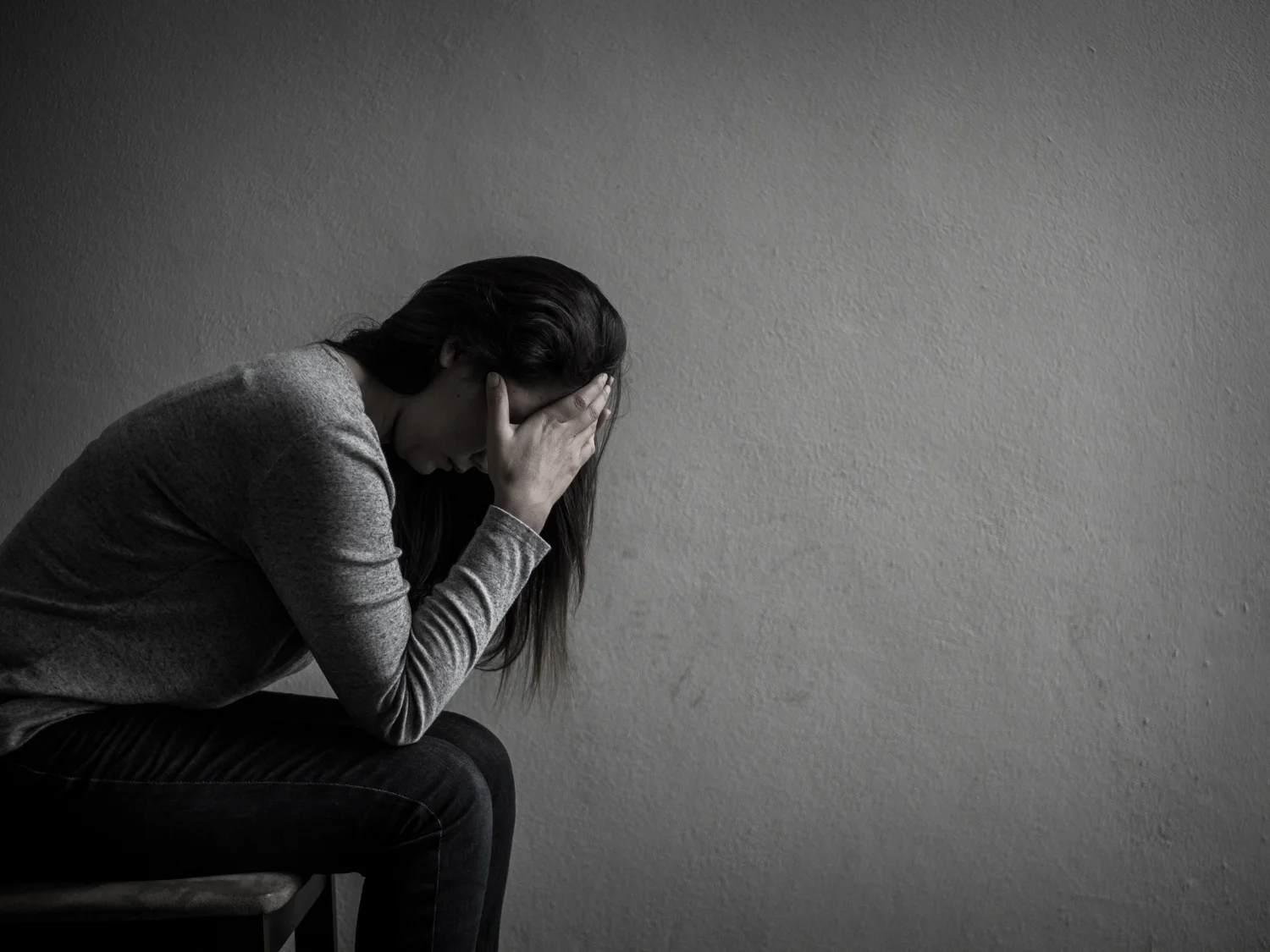Inhalant Treatment

Inhalants are most commonly abused by young teenagers, who may begin using as early as 8th grade. A good portion of the appeal comes from the offer of a relatively cheap high or a sensation similar to drunkenness. Unfortunately, inhalants abuse is a dangerous and potentially deadly habit to develop. Over repeated use, an addiction to inhalants can place the individual at risk for organ failure, hearing loss, and brain damage. The good news is that there are available addiction treatment programs that can put an end to an inhalant addiction and help the individual form a strong foundation for a healthy life.
Why Are Inhalants Addictive?
As with any substance, an addiction to inhalants can develop as they are used more frequently. The human body builds up a natural tolerance to drugs, and as the tolerance builds, the amount of the substance must be increased for the user to achieve the same high. There are also some household solvents, like toluene, that stimulate the release of dopamine in the brain, creating a heightened sense of pleasure and well-being. In the case of many common inhalants, addiction can form as a result of the seemingly freeing sense of drunkenness or decreased inhibition induced by sniffing, also called huffing.
How to Tell if Someone Has an Addiction to Inhalants
If someone is abusing inhalants, addiction may not yet be a factor, although using even once puts the individual at risk for brain damage or sudden sniffing death syndrome (SSDS). Signs of inhalant abuse can include red eyes, slurred speech, mood swings, sores around the mouth or nose, and a chemical smell on clothing. Significant behavioral changes can signal the development of an inhalant addiction. For example, an addict may have developed a sudden inability to cope with responsibilities or a disinterest in hobbies and activities with friends. They may spend more time and money to acquire new inhalants and may begin using more heavily as a tolerance develops, resulting in an increase of secretive behavior and purchases of new inhalants.
Is Treatment Needed for an Inhalant Addiction?
Using inhalants can be fatal, regardless of whether addiction is a factor or not. Treatment is highly recommended to prevent any further physical or psychological damage, and BetterAddictionCare can help find professional, cost-effective treatment programs near you. We offer a customized pre-screening assessment that your needs and how our nationwide recovery network may best match you with a treatment center. In our network’s rehab facilities, medically-assisted detox, if necessary, may be administered to make the withdrawal process safer and more comfortable, and addiction counseling can help empower the individual to better resist addiction in the future.
If you or a loved one suffers from an addiction to inhalants, call today or fill out our contact form to find the right recovery program and start healing.

